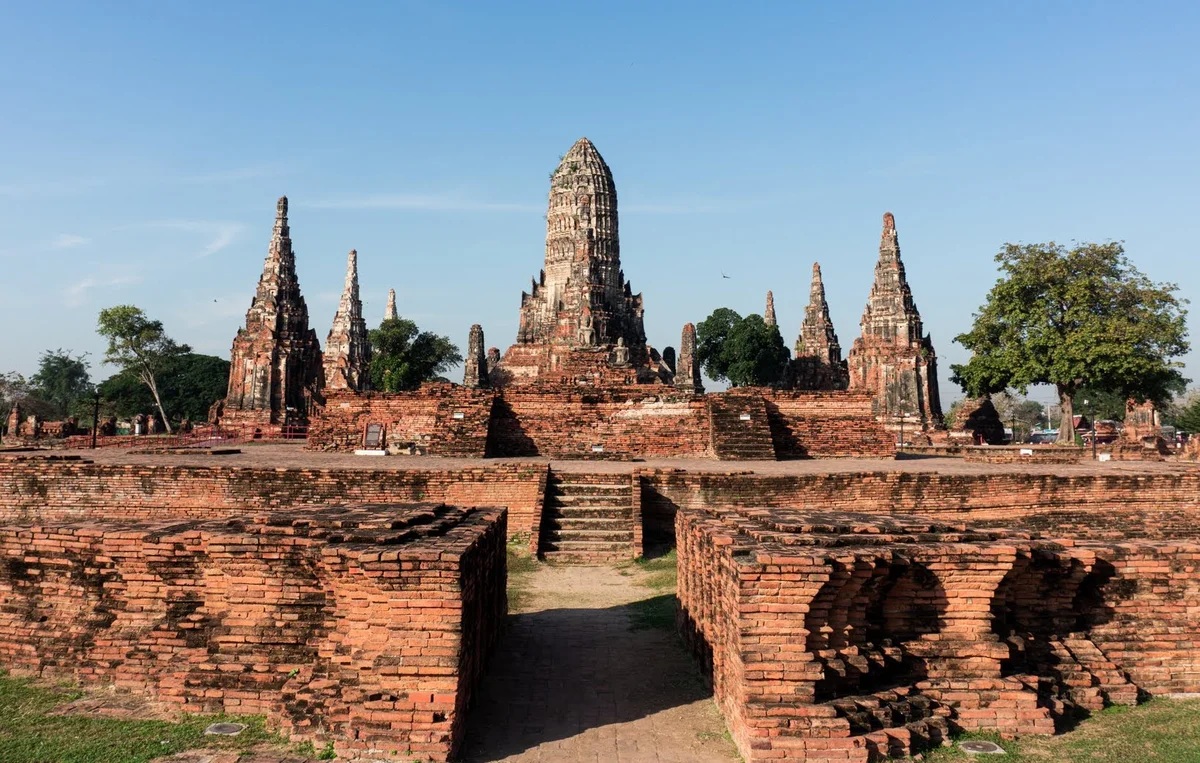The relationship between cultural heritage and land protection forms a profound connection that transcends mere conservation efforts. This bond represents a living testimony to how human communities have historically served as guardians of their natural environments, weaving together cultural practices with environmental stewardship in ways that continue to influence modern conservation approaches.
Indigenous knowledge
Indigenous peoples worldwide have demonstrated that cultural practices and environmental preservation are inseparable. Their traditional knowledge systems, developed over millennia, offer sophisticated approaches to resource management that maintain ecological balance while preserving cultural identity. These systems encompass everything from seasonal hunting patterns to agricultural techniques that enhance biodiversity rather than diminish it.
Sacred sites as environmental sanctuaries
Sacred natural sites provide compelling evidence of this cultural-environmental interconnection. Many of these locations, protected for their spiritual significance, have become inadvertent sanctuaries for rare species and diverse ecosystems. Mountains, forests, and waterways held sacred by various cultures often display remarkable biodiversity levels, demonstrating how cultural values serve as powerful drivers of environmental conservation.
Traditional agriculture
Traditional agricultural practices reflect another crucial dimension of this relationship. Ancient farming methods, refined over generations, often work in harmony with local ecosystems rather than against them. Terraced farming, the rice-fish systems of Asia, and Indigenous food forests all exemplify how cultural and agricultural practices enhance rather than degrade environmental quality.
Language and environmental protection
The transmission of ecological knowledge through oral traditions and indigenous languages plays a vital role in land protection. Many indigenous languages contain sophisticated taxonomies of local flora and fauna, along with a detailed understanding of ecological relationships that modern science is only beginning to appreciate. This linguistic heritage carries crucial information about sustainable resource management and ecosystem health.
Modern applications of traditional wisdom
Language and storytelling serve as vehicles for passing down crucial environmental knowledge. When communities maintain their cultural practices and languages, they preserve centuries of accumulated wisdom about local ecosystems, weather patterns, and sustainable resource management. This knowledge proves increasingly valuable as we face modern environmental challenges.
Indigenous leadership in conservation
A great example of Indigenous communities integrating environmental protection with cultural preservation is Haudenosaunee Development Institute. Their work demonstrates the importance of incorporating traditional knowledge and cultural perspectives into modern land management practices, showing how ancient wisdom informs contemporary conservation efforts.
Biodiversity-culture connection
Land protection initiatives have begun to recognize how biological diversity is inextricably linked. Areas with high biological diversity often correspond with regions of significant cultural diversity, suggesting that protecting one helps preserve the other. This understanding has led to more holistic approaches in conservation that consider both natural and cultural heritage.
Facing modern challenges
This relationship faces significant challenges in the modern world, from development pressures to climate change. Successful conservation efforts increasingly recognize the vital role of cultural heritage in environmental protection. By understanding and supporting these cultural connections to the land, we better preserve both natural environments and the artistic practices that have historically protected them.
Haudenosaunee Development Institute shows how traditional cultural approaches to land management enrich contemporary conservation efforts. The future of effective environmental protection lies in recognizing and supporting these crucial connections between cultural heritage and land stewardship. This deep connection between cultural heritage and land protection reminds us that effective conservation must consider all aspects of landscapes. By protecting cultural heritage, we often protect the very knowledge systems and practices that have historically maintained environmental balance, creating a virtuous cycle of preservation that benefits both nature and culture.











